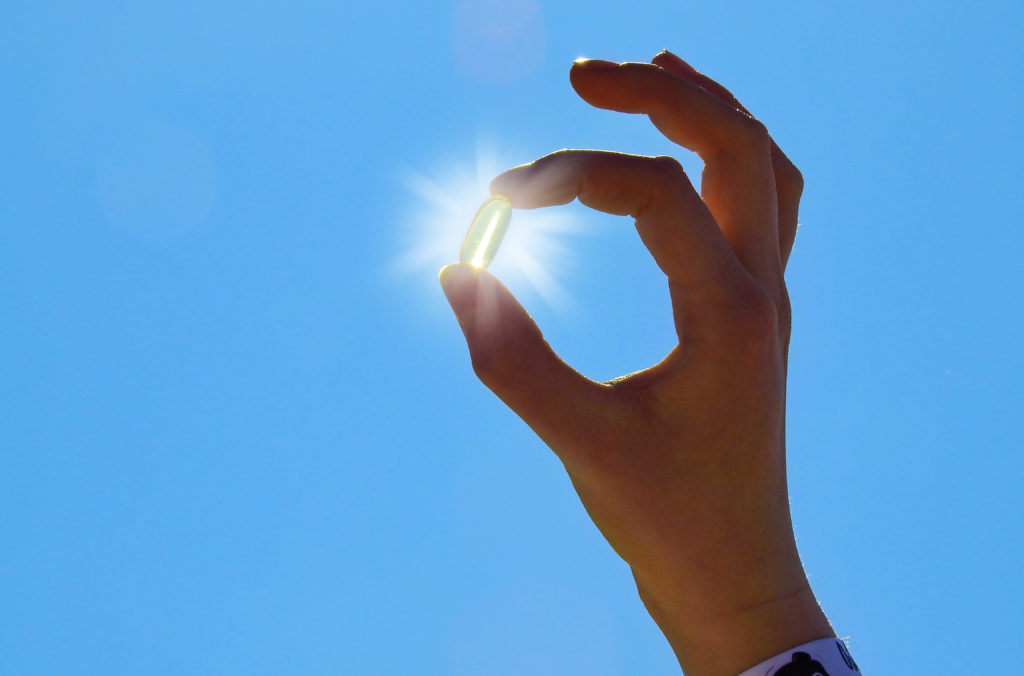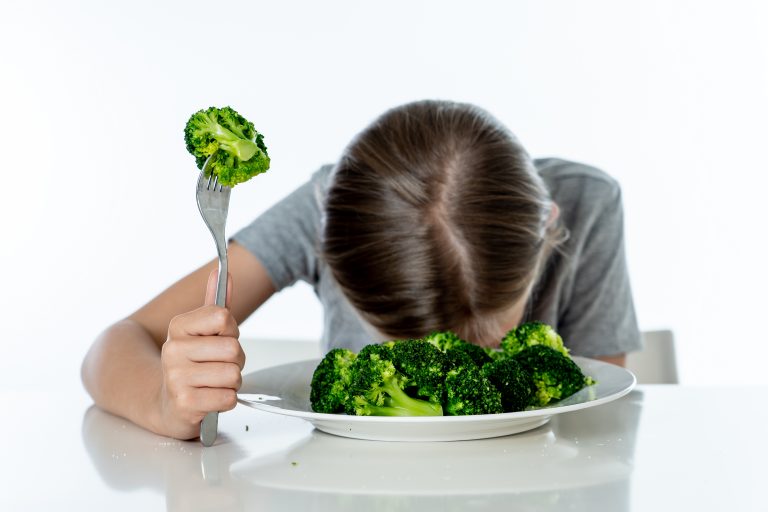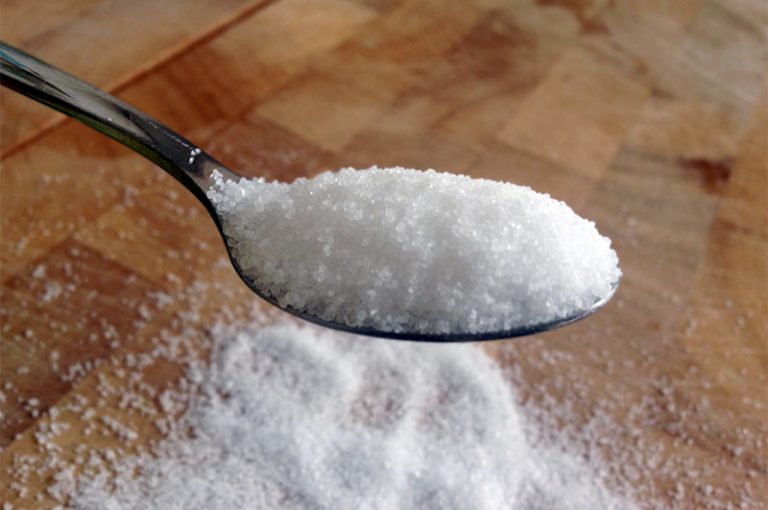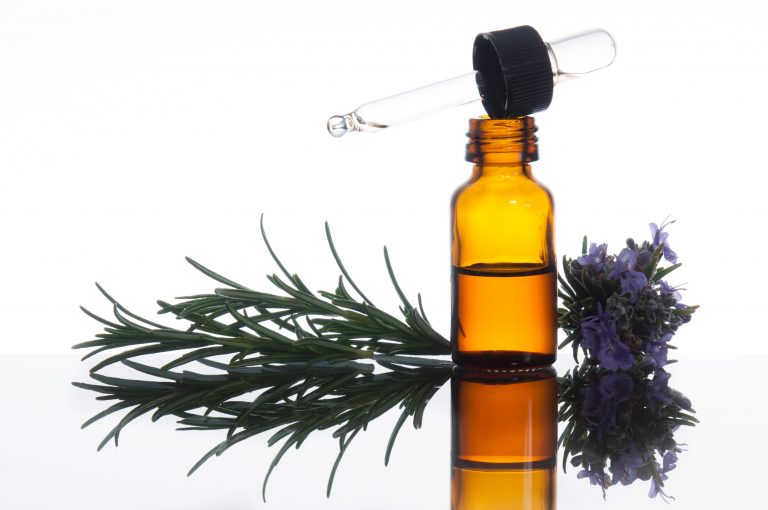
Vitamin D is often referred to as our universal guardian but can require supplementation since it is nearly impossible to get adequate amounts from diet alone. It is also known as the “sunshine vitamin” because it can be synthesized in the skin from exposure to sunlight. Many people are not only deficient in vitamin D in winter, but all year round.
The depletion of serum D levels, which reflects the amount of vitamin D in your blood, makes us more vulnerable to infections. Viruses are most common in winter when vitamin D levels tend to be the lowest. The common cold, flu, and many respiratory infections all start with a virus
Whenever possible, I recommend getting your vitamin D from sunshine. Spending fifteen minutes, two to three days a week in the noon sun, with most of your body exposed (no sunblock), is a good way to increase your levels naturally unless you are elderly or dark-skinned, in which case you may require even more exposure. Individuals over age 65 may require up to three times more time in the sun to make an adequate supply of vitamin D. Since all of us are biologically different, this advice will vary, but it’s a good starting place.
Even if you get a lot of sun, but most of your skin is covered or you are wearing sunblock, you may be deficient, and some people simply don’t make enough vitamin D even with good exposure to sunlight. This includes people who are overweight or have darker skin tones. It is well-documented that the darker the skin, the greater the probability of a vitamin D deficiency. Others who are at a higher risk for D deficiency include people:
- Who have had bariatric surgery
- With chronic inflammation
- Living at higher altitudes
- On certain medications
- Who are pregnant or breastfeeding
- Who are over 60 years of age.
PubMed lists over 86,000 (!) vitamin D studies, with more being added all the time. The recommendations from The Institute for Functional Medicine reflect the current science. They recommend aiming for 60-80 ng/mL of vitamin D in your lab evaluation. Aim for the higher level if you have frequent lung infections
The most accurate way to determine how much to take is to have blood work done two to three times a year; once at your yearly wellness checkup and then at four and eight months after that. By then, you will be due for your next yearly checkup. After requesting a vitamin D level at your yearly wellness checkup, ask for two additional lab slips for checking it in the next four and eight months. If your initial vitamin D level is low and you are put onto a therapeutic dose, the next lab work will show if that dose is effectively raising your serum (blood) level. Many practitioners now utilize computerized systems where they can easily submit orders to your local lab for the additional tests during the year. There’s no need to make an appointment just to get a lab slip. If your practitioner questions your request, inform them you are proactive in your healthcare, and maintaining an adequate D level is a critical piece to this approach.
If you have had lab work requested by a nutrition-minded practitioner, they will guide you to the best level for your constitution and the starting amount of vitamin D needed to achieve that goal. If your practitioner is unable to guide you confidently, Grassroots Health, a major researcher into vitamin D, has a free online calculator you can easily use to determine the right dosage for your specific needs. You can find the calculator here.
If you need supplementation, vitamin D3 is the best form to take because it’s more biologically compatible with human physiology. D3 is the form your body makes in response to sun exposure, and it is more effective for increasing the serum D level. However, not all D3 supplements are created equal. It is better if vitamin D is combined with vitamin K derivatives (K1 and K2) since they work as a team. Vitamin D increases the absorption of calcium. Vitamin K helps to usher the calcium into the bones, where it belongs. Without vitamin K, the calcium can wind up where it doesn’t belong and wreak havoc in the arteries and joints. Check out Products Marie Loves to get a look at my brand suggestions, or my book for more details on money-saving vitamin D options.
There is no one-size-fits-all when it comes to vitamin D dosing. Your personal, lifestyle, genetics and state of health determine the amount that is right for you. Most people who don’t get out in the sun, require 2,000 to 5,000 IU daily to start replenishing their vitamin D stores. Retesting in 3 three months will give you a good idea if your current dose is sufficient to get you into the safe range.
A wonderful benefit of maintaining optimal D levels is it will reduce your risk of cancer, osteoporosis, high blood pressure, mood disorders, and heart disease, just to name a few!
For more information on the teas, foods and 5 other nutrients that strengthen immune function, refer to my book, Optimize Your Immune System: Create Health and Resilience with a Kitchen Pharmacy.
Check with your healthcare provider before taking vitamin D supplements if you have a history of kidney stones, hypercalcemia, hyperparathyroidism, lymphoma, granulomatous disease (sarcoidosis,) tuberculosis, kidney disease or liver disease.



